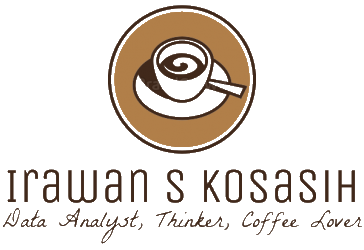===
In today’s fast-paced business environment, organizations are constantly seeking ways to streamline their operations and increase efficiency. One way to achieve this is by integrating Human Resource Management (HRM) with Enterprise Resource Planning (ERP) systems. By combining these two essential functions, companies can improve communication, collaboration, and data accuracy across departments. In this comprehensive guide, we will explore the importance of integrating HRM with ERP systems and provide key steps for successful implementation.
Understanding the Importance of Integrating HRM with ERP Systems
Integrating HRM with ERP systems is crucial for ensuring that all aspects of an organization’s workforce management are seamlessly connected with its overall business operations. By linking HRM functions such as recruitment, onboarding, performance management, and payroll with ERP modules like finance, supply chain, and customer relationship management, companies can achieve greater efficiency and accuracy in their processes. This integration also enables real-time access to employee data, which can help in making informed decisions and forecasting future workforce needs.
Furthermore, integrating HRM with ERP systems can lead to improved data integrity and security. By centralizing all employee information within a single platform, organizations can reduce the risk of errors, duplication, and data discrepancies. This not only enhances the reliability of HR data but also ensures compliance with regulations and industry standards. With integrated systems, companies can easily track and monitor employee records, payroll information, and performance metrics, while maintaining data privacy and confidentiality.
Moreover, integrating HRM with ERP systems can enhance employee engagement and satisfaction. By providing employees with self-service portals and mobile applications that allow them to access their own information, submit leave requests, and update personal details, organizations can empower their workforce and improve overall productivity. This level of autonomy and transparency can also help in fostering a positive company culture and building trust among employees and management.
Key Steps for Successfully Integrating HRM with ERP Systems
Assess Your Needs and Objectives: Before embarking on the integration process, it is essential to evaluate your organization’s specific requirements and goals. Identify the HRM functions that need to be integrated with your ERP system and define clear objectives for the implementation. This will help in selecting the right ERP solution and customizing it to meet your needs.
Choose the Right ERP System: Selecting the right ERP system is crucial for successful integration with HRM. Consider factors such as scalability, flexibility, compatibility with existing systems, and vendor support. Look for an ERP solution that offers seamless integration with popular HRM software and provides robust features for workforce management.
Collaborate with Stakeholders: Effective communication and collaboration with key stakeholders, including HR managers, IT professionals, and department heads, are essential for a successful integration project. Involve all relevant parties in the planning and implementation process, and ensure that everyone is aligned with the project goals and timelines.
===
In conclusion, integrating HRM with ERP systems can bring numerous benefits to organizations, including improved efficiency, data accuracy, compliance, and employee engagement. By following the key steps outlined in this guide, companies can successfully integrate their HRM functions with ERP systems and enhance their overall business operations. As technology continues to evolve, organizations that embrace this integration will be better equipped to meet the challenges of the modern workplace and drive sustainable growth.


